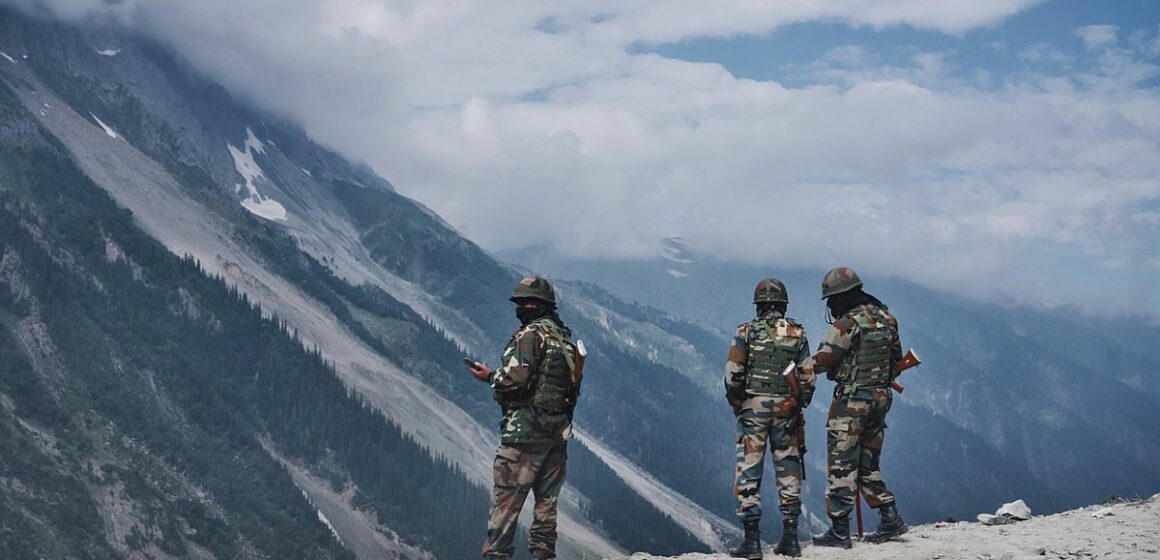India and China Take Steps Towards LAC Resolution
India and China have reportedly made substantial strides in narrowing their differences over the Line of Actual Control (LAC) in eastern Ladakh. This progress follows prolonged military standoffs that began in April 2020, which significantly heightened tensions along the border. Current discussions are centered on finding a mutually agreeable resolution that takes into account the positions of both countries prior to the standoff.
Recent reports indicate that both nations are now exploring solutions that could potentially allow Indian troops to access previously blocked patrolling points along the LAC. This development signals a positive shift in the diplomatic climate between the two neighboring countries.
Restoring Pre-Standoff Conditions
As part of the negotiations, there is a significant emphasis on restoring the status quo as it existed before April 2020. This includes discussions on the disengagement of troops from sensitive areas and the removal of buffer zones that were established during the de-escalation process. The goal is to allow Indian forces to regain access to key patrolling points that had been obstructed by Chinese military presence.
The ongoing negotiations highlight the willingness of both India and China to revisit their military postures and work towards a peaceful resolution that respects the territorial integrity of both nations.
Engagement of Local Commanders
A crucial aspect of the current progress is the active engagement between local commanders of the Indian and Chinese forces stationed along the LAC. These commanders have been meeting regularly to foster dialogue and cooperation, which is essential in preventing misunderstandings and avoiding unintentional clashes along the border.
This grassroots approach is a vital confidence-building measure, as it allows for direct communication between the two sides and helps to alleviate tensions on the ground. The regular interactions serve to reinforce the commitment of both countries to prioritize diplomatic solutions over military confrontation.
Addressing Arunachal Pradesh Concerns
In addition to the discussions surrounding eastern Ladakh, the focus has also shifted towards addressing issues related to Arunachal Pradesh. The northeastern state has historically been a point of contention between India and China, with both sides asserting claims over its territory. However, the recent diplomatic overtures indicate a potential pathway towards resolving these long-standing disputes.
Including Arunachal Pradesh in the ongoing discussions reflects a comprehensive strategy to tackle all border issues, which could lead to a more stable and secure region. This holistic approach not only addresses immediate tensions but also aims to create a framework for future cooperation between the two nations.
Future Prospects for Peaceful Relations
While the progress made thus far is commendable, the journey towards a lasting resolution of the LAC issues is far from over. Both India and China must remain committed to the agreements reached in their discussions and work together to uphold peace along the border. The challenges ahead are considerable, but with sustained dialogue and cooperation, there is hope for a peaceful resolution.
The evolving situation along the LAC is being closely monitored by the international community, and successful negotiations between India and China could set a precedent for handling similar disputes globally. The willingness of both countries to engage in dialogue is a positive indicator of their commitment to peaceful coexistence.
India and China’s recent advancements in addressing the LAC issues mark a significant step towards restoring peace and stability in eastern Ladakh. By focusing on pre-standoff positions and fostering local military engagement, both nations are paving the way for a constructive dialogue that could lead to long-term solutions. The inclusion of Arunachal Pradesh in these discussions further underscores the importance of a comprehensive approach to border disputes.


Leave a Reply